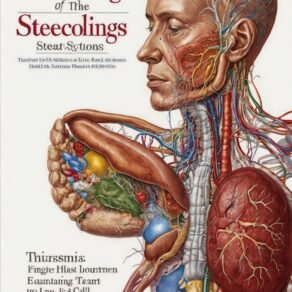Liver steatosis, also known as fatty liver disease, necessitates careful consideration of treatment strategies to manage and mitigate its impact on overall health. This article provides a structured exploration of effective treatment options, offering valuable insights into lifestyle changes, medical interventions, and holistic approaches for individuals grappling with this prevalent condition.
Understanding the Treatment Landscape for Liver Steatosis
1. Lifestyle Modifications:
- Dietary Adjustments:
- Importance: Adopting a diet low in saturated fats and sugars is crucial.
- Content: Explore the significance of a balanced, nutrient-rich diet in promoting liver health.
- Regular Physical Activity:
- Importance: Exercise aids in weight management and improves insulin sensitivity.
- Keyword: Exercise for Liver Steatosis.
- Content: Delve into the positive impact of aerobic and resistance exercises on liver health.
- Weight Management:
- Importance: Gradual and sustained weight loss can alleviate liver steatosis.
- Content: Explore effective and sustainable approaches to weight management.
2. Medical Interventions:
- Pharmacological Treatments:
- Importance: Certain medications may be prescribed to address underlying factors.
- Content: Discuss medications that healthcare professionals may consider to manage liver steatosis effectively.
- Monitoring and Managing Underlying Conditions:
- Importance: Controlling conditions like diabetes and hypertension is integral.
- Content: Emphasize the importance of managing co-existing health issues for comprehensive treatment.
3. Holistic Approaches:
- Alternative Therapies:
- Importance: Some individuals explore complementary therapies.
- Content: Provide insights into alternative approaches, such as herbal supplements or acupuncture.
- Mind-Body Practices:
- Importance: Stress management through practices like yoga may be beneficial.
- Content: Explore the potential benefits of incorporating mind-body practices into a treatment plan.
Crafting a Personalized Treatment Plan
Individuals with liver steatosis should collaborate closely with healthcare professionals to develop a personalized treatment plan. Integrating lifestyle modifications, medical interventions, and holistic approaches can offer a comprehensive strategy for managing liver steatosis and promoting long-term wellness.
Conclusion: Empowering Choices for Liver Health
By understanding the diverse treatment options available, individuals can make informed choices to navigate the path to liver health. This article serves as a guide, offering a structured and comprehensive overview of treatment strategies for liver steatosis, empowering individuals on their journey to wellness.




